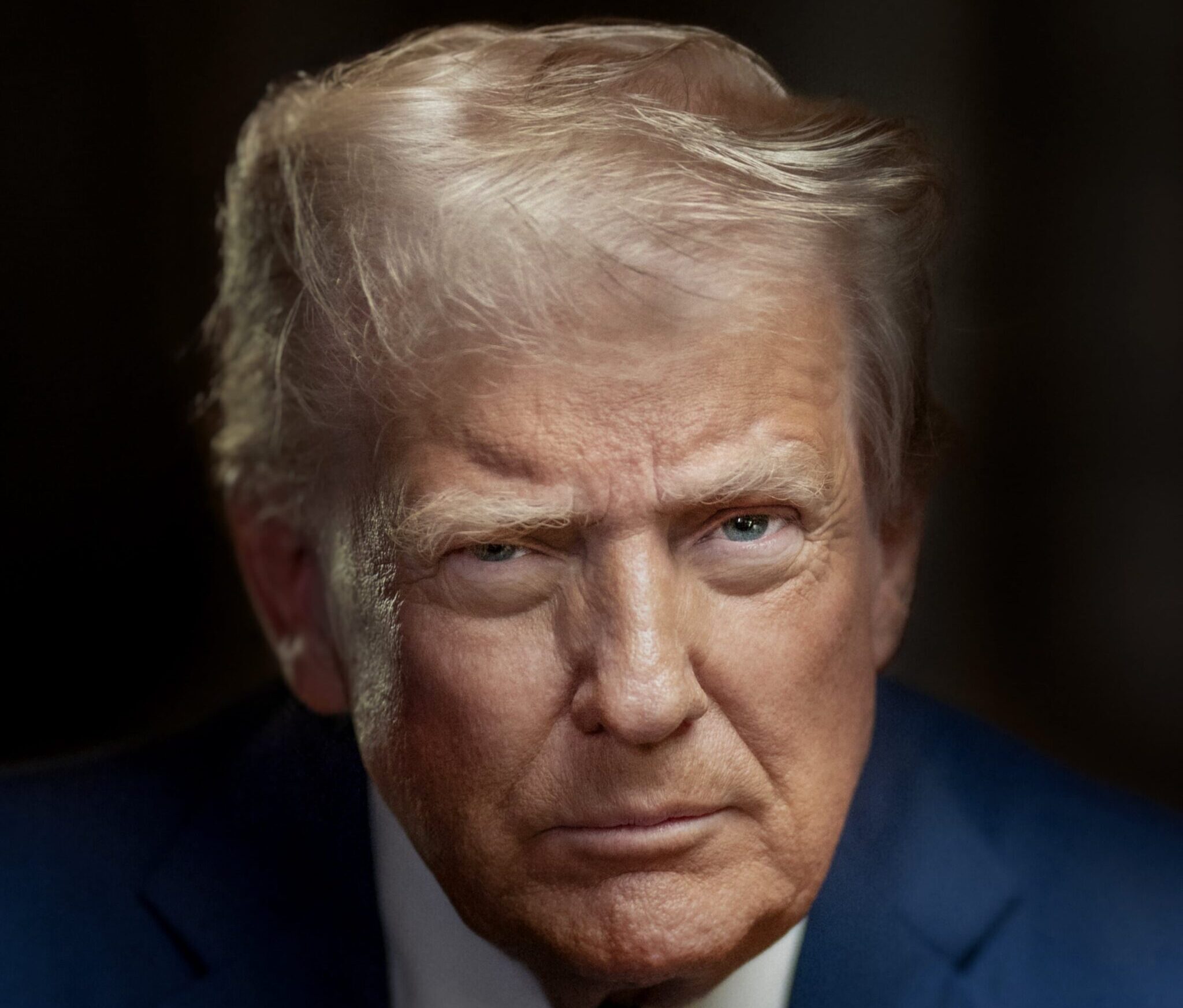In a development that could reshape the dynamics of global trade, the U.S. tariff pressure has risen to its highest levels in nearly a century, crossing the 20% threshold. This surge, driven by renewed trade tensions, targeted industrial policies, and a shift towards economic protectionism, has reignited global concerns about inflation, disrupted supply chains, and a potential retreat from globalization.
According to the latest data compiled by the International Chamber of Commerce (ICC), the effective tariff rate—measured as a proportion of dutiable imports has climbed steeply in the past year, marking a historic shift from the liberal trade policies that defined much of the post-WWII global economic order. The last time the U.S. experienced this level of trade restriction was during the pre-World War II era, a time marked by isolationist economic strategies and retaliatory tariffs.
The spike in U.S. tariffs stems from a series of ongoing trade actions initiated over the past few years. These include Section 301 tariffs on China, steel and aluminum tariffs under Section 232, and newly proposed duties on sectors ranging from electric vehicles to semiconductors. With the Biden administration sustaining—and in some areas expanding—tariff regimes initiated during the Trump era, the global trading system is entering a new phase of fragmentation and uncertainty.
While some tariffs are being justified under national security or industrial policy grounds, critics argue that the broader impact will be economically counterproductive. Businesses, especially in manufacturing and retail, are already reporting increased costs and supply chain bottlenecks, which are gradually trickling down to consumers in the form of higher prices.
Economists warn that sustained high tariff pressure could also undermine U.S. leadership in global trade forums. America’s traditional advocacy for open markets has given way to more interventionist trade strategies that focus on reshoring, domestic capacity building, and creating “friend-shoring” supply chains with trusted allies. This shift could further widen the gap between the U.S. and emerging trade blocs like the Regional Comprehensive Economic Partnership (RCEP) in Asia or the growing influence of the BRICS alliance.
From a diplomatic perspective, the rise in U.S. tariff pressure is already straining bilateral relations. Countries like China, the EU, and even traditional allies like Canada and South Korea have raised concerns at the World Trade Organization (WTO), citing potential breaches of multilateral trade norms. The WTO itself, already weakened by appellate body disputes, may find it difficult to play a meaningful role in resolving the escalating trade friction.
In domestic political circles, tariffs have become a bipartisan tool. While Republicans continue to back aggressive trade enforcement, Democrats are using tariffs to promote labor and environmental standards. However, many U.S. exporters are voicing opposition, fearing retaliatory tariffs and reduced access to key international markets.
The agricultural sector is one of the hardest hit. With countries like China and India imposing retaliatory tariffs on American farm goods, U.S. farmers are experiencing falling exports and rising uncertainty. Subsidies and trade adjustment programs may offer short-term relief, but long-term competitiveness remains at risk.
Meanwhile, developing nations are caught in the crossfire. As global supply chains are recalibrated, emerging economies that rely on exports to the U.S. are facing reduced demand, increased compliance costs, and a need to realign trade strategies.
Analysts also note that persistent trade barriers may hinder global inflation management. With the world already struggling with post-pandemic price volatility, high tariffs can further elevate the cost of imported goods, especially in sectors like electronics, pharmaceuticals, and energy.
Despite these risks, Washington shows no immediate signs of reversing course. The upcoming U.S. elections may further politicize trade, with candidates seeking to outdo one another in promises to protect domestic industry. As a result, businesses and governments alike are bracing for a prolonged period of uncertainty.
In this evolving landscape, the key questions are whether the U.S. will recalibrate its tariff strategy in response to global feedback, and how other nations will adapt. What remains clear is that the era of liberalized trade may be giving way to a more fragmented, strategic, and politically charged global economy, one where U.S. tariff pressure is a defining force.
Also Read: Trump’s 35% Tariff Plan Challenges Carney’s Conflict-Averse Trade Strategy

1 thought on “U.S. Tariff Pressure Nears Century-High Levels Amid Rising Global Trade Tensions”